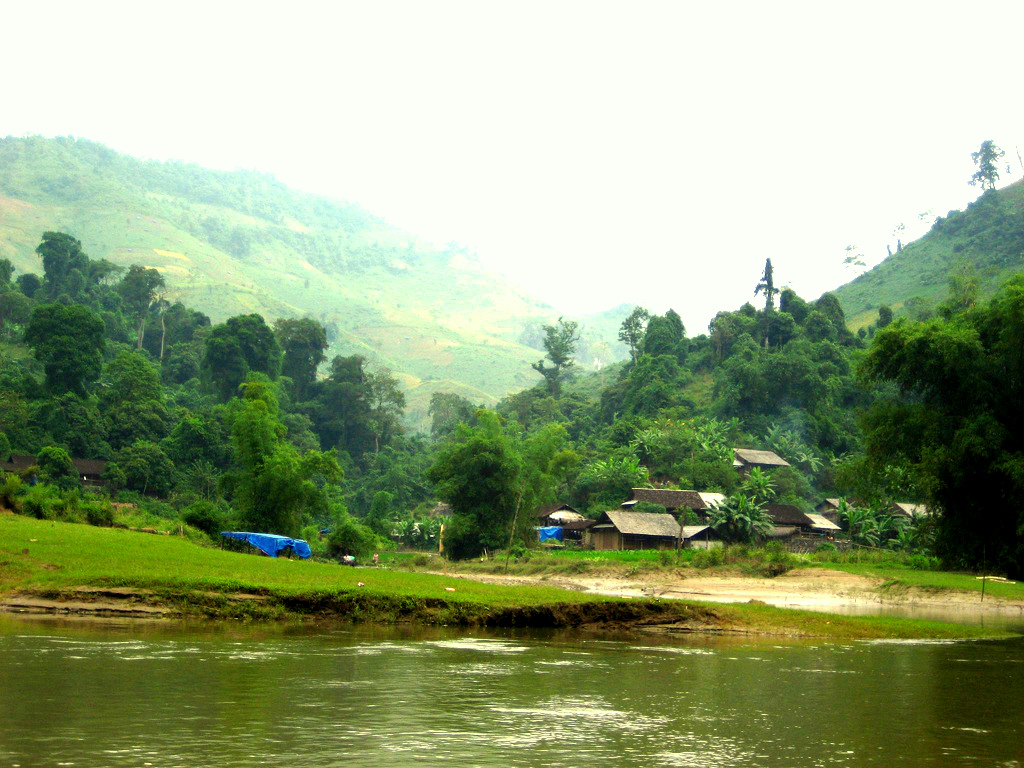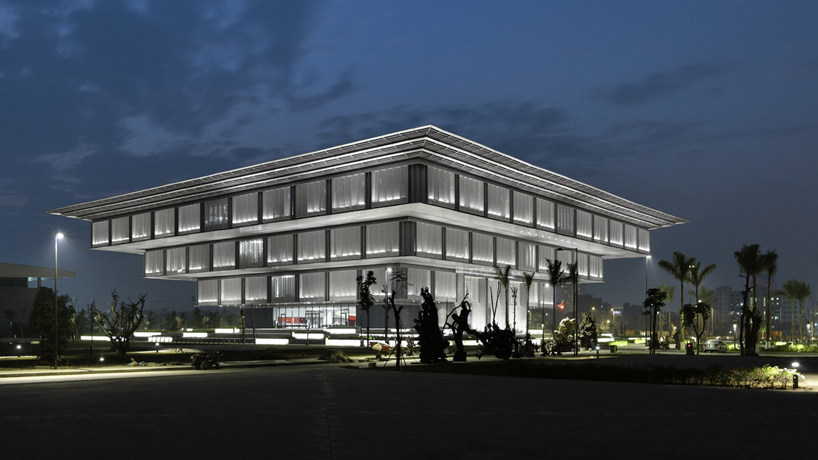Bai Chay beach is a large, beautiful, artificial beach, which lies closed to the coast of Ha Long Bay. The 100-meter-wide-sandy beach spans over 500 meters. In summer days, the beach is a popular destination not only for local people, but also for tourists. Early in the morning or in late afternoon, thousands of people liven up the atmosphere here. The asphalt road winds its way through the white sandy beach and luxuriant casuarinas. Having received much investment, Bai Chay tourist site has rapidly transformed into one of the most captivating beaches in Halong City.
There are many legends for the name Bai Chay. According to local people, legend has it that when the fleet carrying food for the Yuan-Mongolian invaders led by Truong Van Ho came there, the Vietnamese troops and locals under the leadership of Tran Khanh Du set fire to it. The whole fleet was engulfed in fire. Meanwhile, the northeast wind blew hard and further added fuel to it. The fire was so fierce that it burned down the forest in the western side of Cua Luc. The name Bai Chay then came into popular.
Another legend has it that the western side of Cua Luc used to be a wharf for seagoing boats. Acorn-barnacles firmly attached to these boats’ sides and underneath, and might wreck the boats. The local people had to use casuarinas leaves to burn acorn-barnacles. From Hon Gai and other neighboring places, people always see a blaze from there, so they called it Bai Chay.
The Bai Chay tourist site is fast changing into one of the most captivating of this kind in Halong City. It comprises restaurants, water puppet and traditional music theater, Hoang Gia Park, water-skiing, and sea motorcycling. Today, Bai Chay is a well-known attraction with qualified services, which can meet the increasing demand of visitors. From Bai Chay, it is also convenient to Ha Long bay cruise tours or Halong bay tours to visit other tourist attractions nearby such as Halong Bay, Bai Tu Long Bay, Quan Lan island, and other captivating islands and beaches.



















